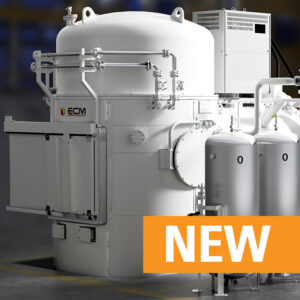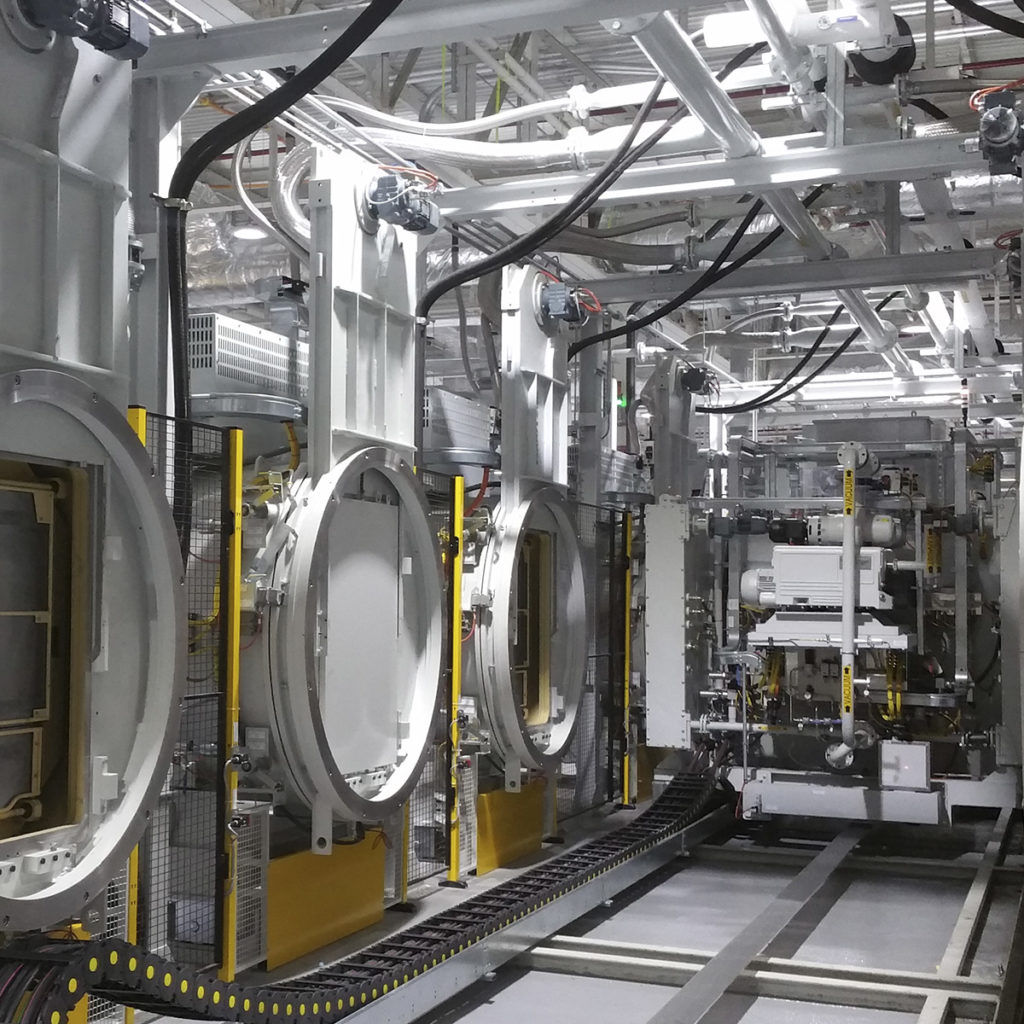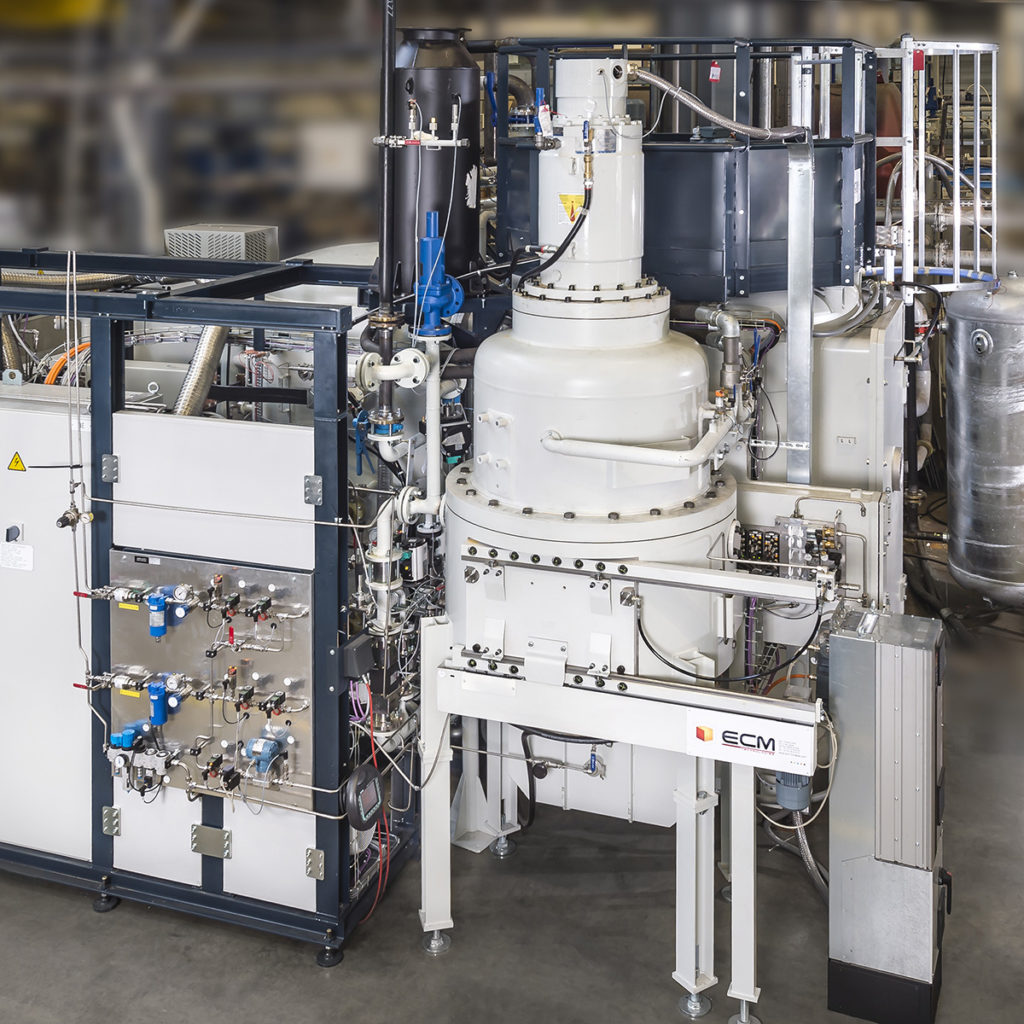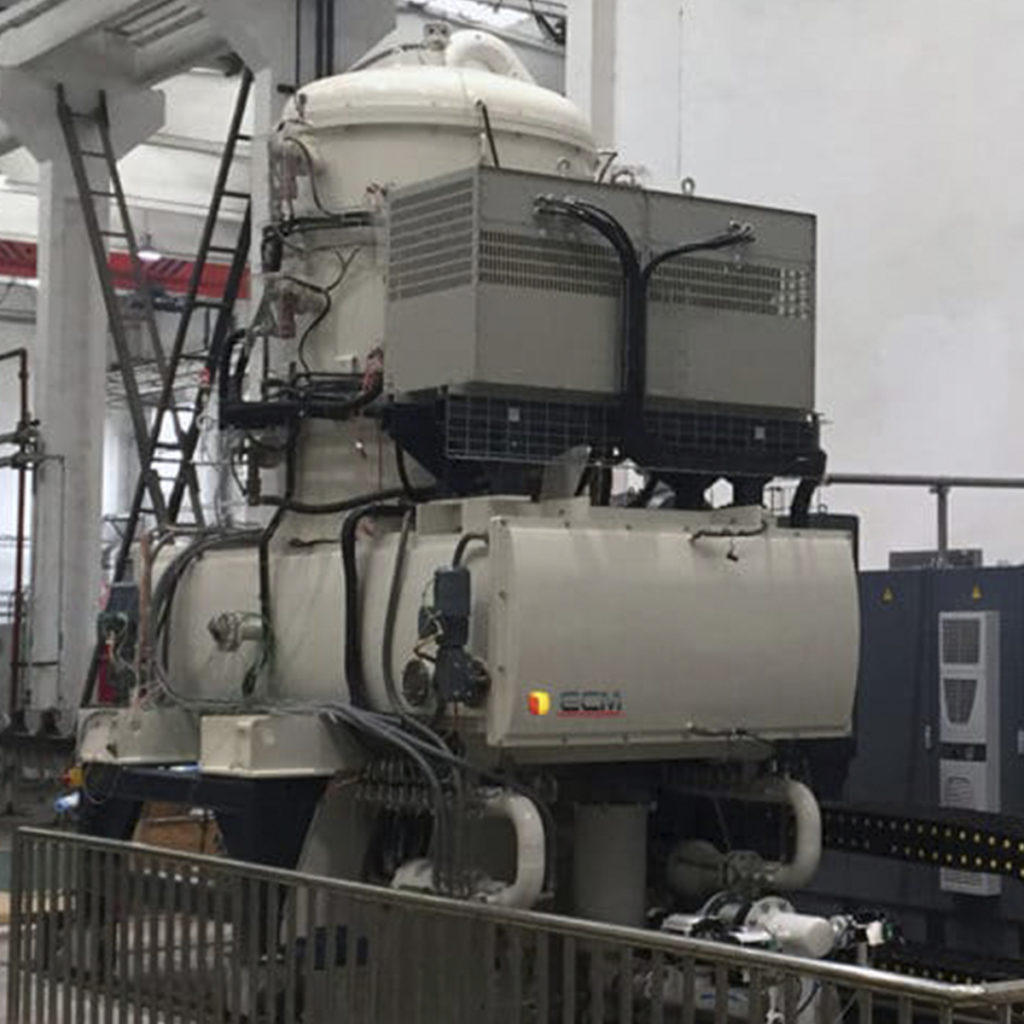
EV Transmissions: Vacuum Carburizing

Electric vehicle (EV) engine
In an Electric Vehicle (EV) the driving force is generated by an electric motor. These motors operate differently than and Internal Combustion Engine (ICE). ICE’s and their transmissions can run 1,000 to 2,500 RPM to achieve the necessary movement through the traditional transmission. Electric motors being used today have a much higher RPM and a high torque requirement. This creates new challenges in performance of the gears where reduced pitting and, of course, distortion plays a major factor in the performance of the overall EV.
In terms of process, vacuum carburizing is predominantly the most used process in automotive transmission carburizing across the world. Now, with the wide variety of vehicle types being electrified, from light 2-seaters vehicles, or even scooters, to heavy SUVs or Trucks brings a number of new demands.
• High core hardness in gears
• Dimensional control and low distortion of the gears
• Better pitting resistance
These challenges could be met simultaneously by the gear manufacturer – with a central heat treatment furnace system capable to address all of these challenges.
 The low pressure carburizing process obtains a better metallurgical quality of the treated parts, which is necessary to face the high torque transmission constraints encountered in electric vehicles. ECM low pressure carburizing furnace systems ensure a superior treatment quality, giving the treated parts an increased resistance to wear and fatigue, while allowing better distortion control. Process repeatability and treatment uniformity are major advantages achieved in these machines as well.
The low pressure carburizing process obtains a better metallurgical quality of the treated parts, which is necessary to face the high torque transmission constraints encountered in electric vehicles. ECM low pressure carburizing furnace systems ensure a superior treatment quality, giving the treated parts an increased resistance to wear and fatigue, while allowing better distortion control. Process repeatability and treatment uniformity are major advantages achieved in these machines as well.
The various heat treat processes carried out in ECM furnaces systems are more environmentally friendly than traditional atmospheric processes: significant reduction of CO2 emissions, energy savings and easy production line integration. Other advantages include reduced cycle times and electric heating.

ECM Nano Vacuum Furnace: Modular Installation, Smaller load size
When comparing traditional atmosphere carburizing to low pressure carburizing (read our comparison whitepaper here), the LPC vacuum technology allows for significant energy savings. The development of electric furnaces with vacuum adds value to heat treatment by making them safe, efficient, highly integrated - and of better metallurgical quality at an optimized cost/performance ratio. Gains in gas consumption are directly linked to the use of vacuum and that these furnaces are electrically heated. The LPC process does not require carbonated atmosphere, but only C2H2 & N2 that are alternatively injected during the process, thus freeing carbon atoms that will diffuse according to Fick’s law into the part’s surface. This technology eliminates the gas required to heat the furnace, as well as, the constant gas flow used for carburizing.






